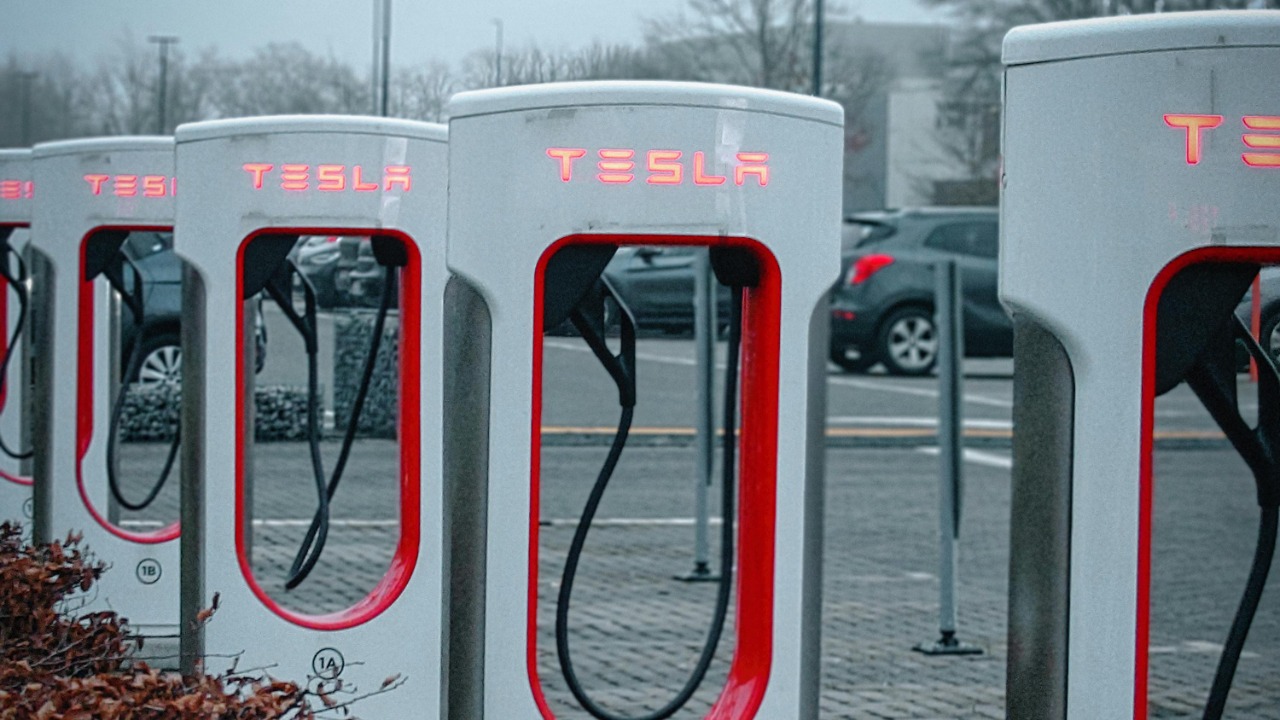
In a significant development for electric vehicle (EV) owners, Volkswagen has confirmed that its EVs in North America will now have access to Tesla’s Supercharger network. This move, announced in mid-November 2025, marks a major expansion of charging options for non-Tesla vehicles and is expected to alleviate range anxiety, thereby encouraging more consumers to adopt EVs.
Timeline of Volkswagen’s Supercharger Integration Efforts
Back in 2023, Volkswagen committed to the North American Charging Standard (NACS), but the implementation faced several hurdles. The recent confirmation in November 2025 marks a significant milestone in Volkswagen’s efforts to integrate with the Tesla Supercharger network. This time, the rollout is not a pilot or a partial implementation, but a full-scale integration for Volkswagen models, as reported by Electrek.
The broader access to the Supercharger network was officially rolled out on November 14, 2025. This was made possible by Tesla’s updated Supercharger compatibility features, which now accommodate Volkswagen EVs.
Geographic Scope: Focus on North America
The access to Tesla Superchargers is currently limited to North America, with the US and Canada being the key markets. As of November 13, 2025, Volkswagen EV owners in these regions can now use over 15,000 Tesla stations without needing third-party adapters. This development is a significant boon for Volkswagen EV owners, as reported by ArenaEV.
While the current focus is on North America, there are indications of potential future expansions beyond this region. Reports from November 12, 2025, suggest that international compatibility could be on the cards.
Technical Requirements for VW EV Access
To access the Supercharger network, Volkswagen vehicles need to have NACS ports or compatible adapters. Starting from November 2025, access is enabled via the myVW app, which is used for payments and authentication. Models like the ID.4 and ID.Buzz are among the supported vehicles that can now plug-and-charge at Tesla stations without any custom hardware modifications.
The charging speeds and session limits for Volkswagen EVs match Tesla’s V3 and V4 standards, with a maximum output of up to 250 kW. This ensures that Volkswagen EV owners can enjoy the same fast charging experience as Tesla owners.
Impact on Volkswagen EV Owners
The integration with the Tesla Supercharger network significantly reduces charging downtime for Volkswagen drivers. Early adopters who tested the stations in November 2025 reported positive experiences. Tesla’s per-kWh pricing is applied directly to Volkswagen accounts, potentially lowering the overall cost of EV ownership. This development has been welcomed by Volkswagen EV owners, as it improves the reliability of road trips, especially for models like the ID.7.
Broader Industry Implications for EV Charging
Volkswagen’s integration with the Tesla Supercharger network accelerates the shift towards a unified NACS ecosystem. This follows similar moves by Ford and GM in previous years. The move also puts competitive pressure on Tesla, as opening up its network to Volkswagen could lead to a standardization of charging infrastructure across brands by late 2025. This could potentially boost EV adoption and market share in North America, thanks to the expanded and reliable charging options.
Future Developments and Challenges
Volkswagen has outlined a roadmap for full NACS integration in its upcoming models, with factory-equipped ports expected in 2026 vehicles. However, there could be potential challenges, such as peak-hour congestion at Superchargers or software glitches, as reported by some users in November 2025. There is also speculation about potential alliances, such as joint Volkswagen-Tesla initiatives for further network expansions, supported by regulatory backing in North America.
More from MorningOverview